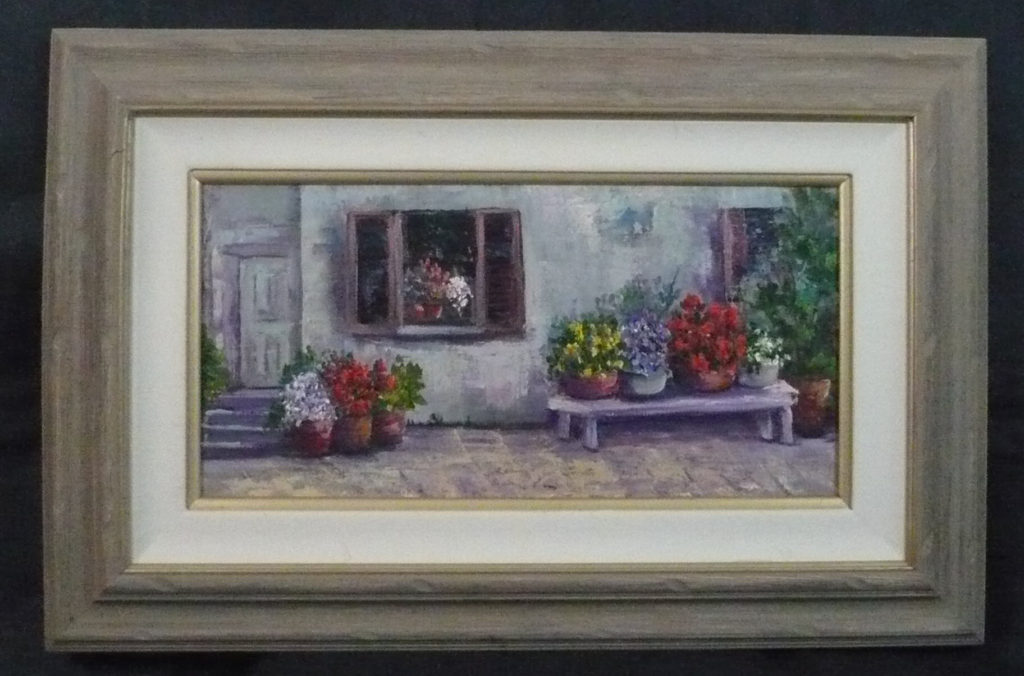See Monna Barrick Fine Art by Appointment
Contact Jim Schuett at 480-277-7550 or Jim@B-LDS.com.
Here are a few of Monna’s Original Oil Paintings now currently available.
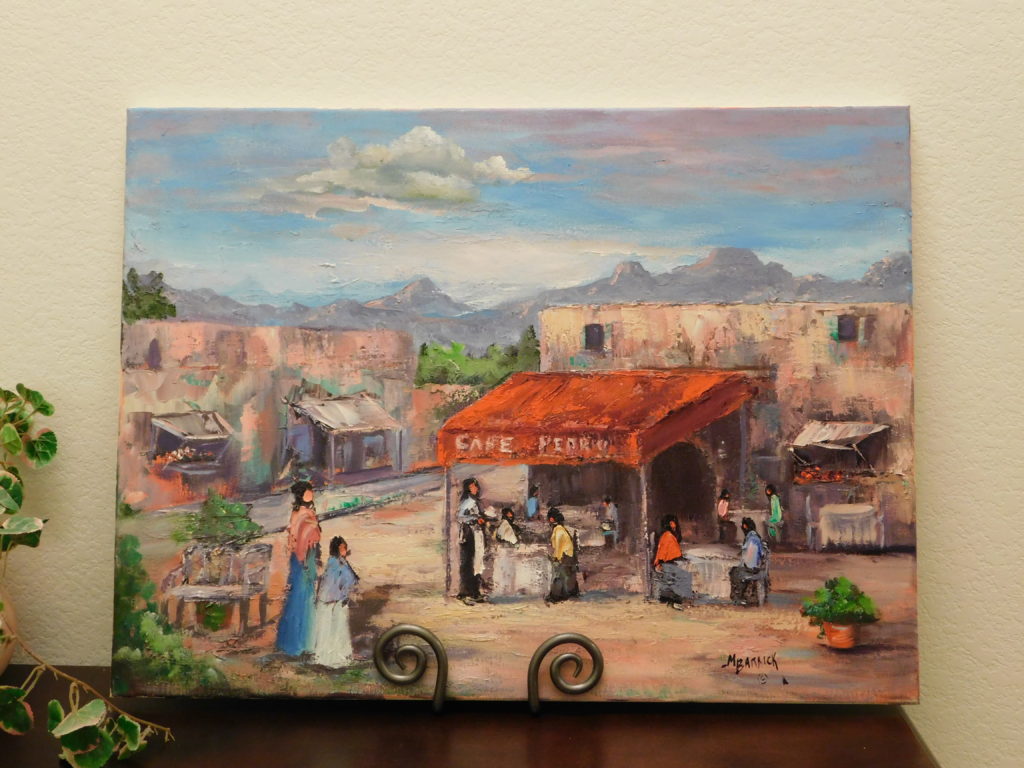
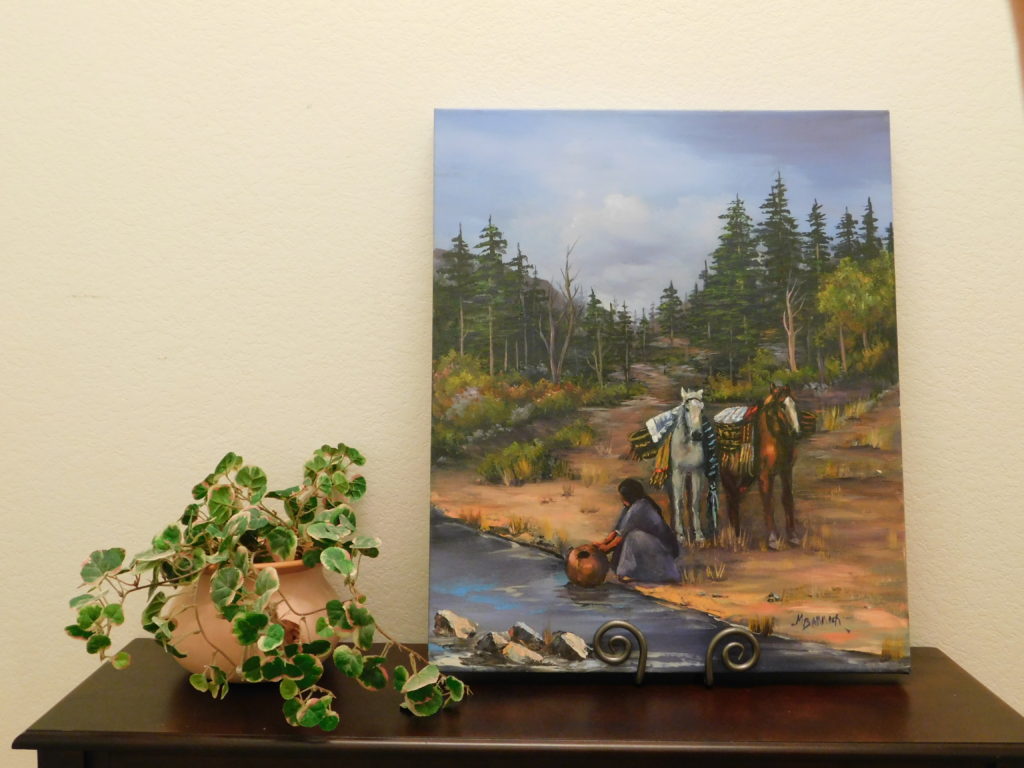
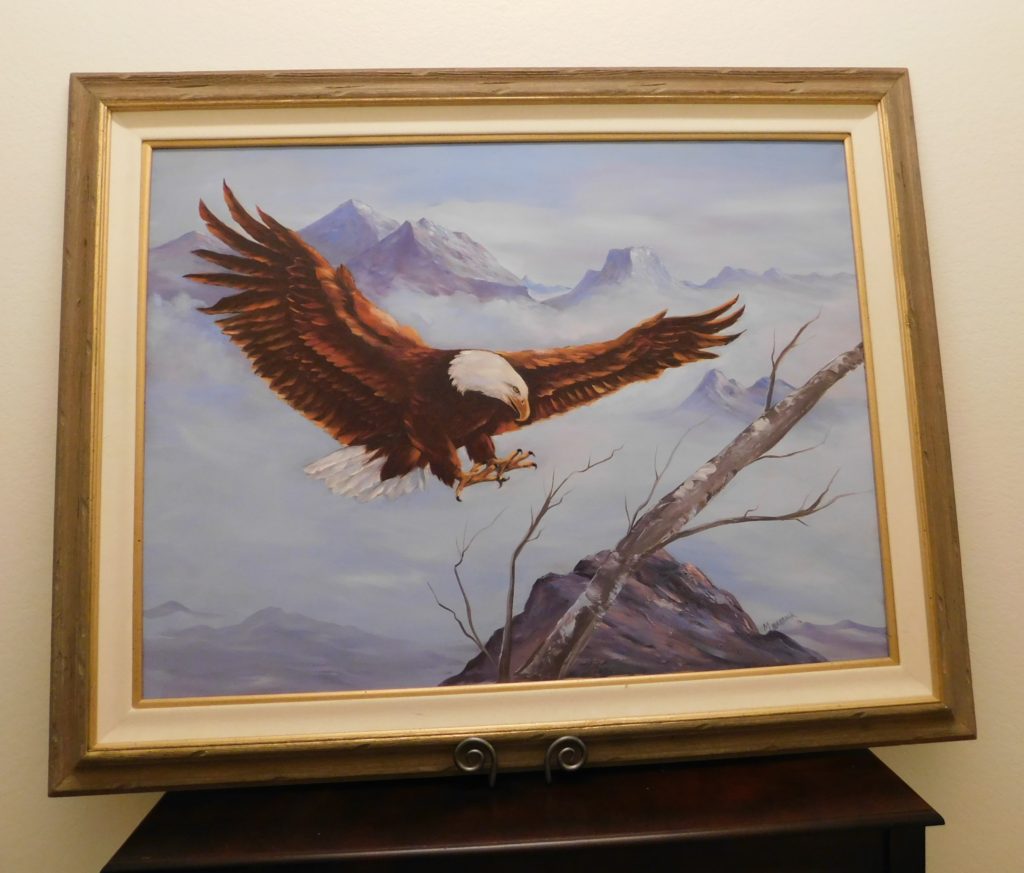
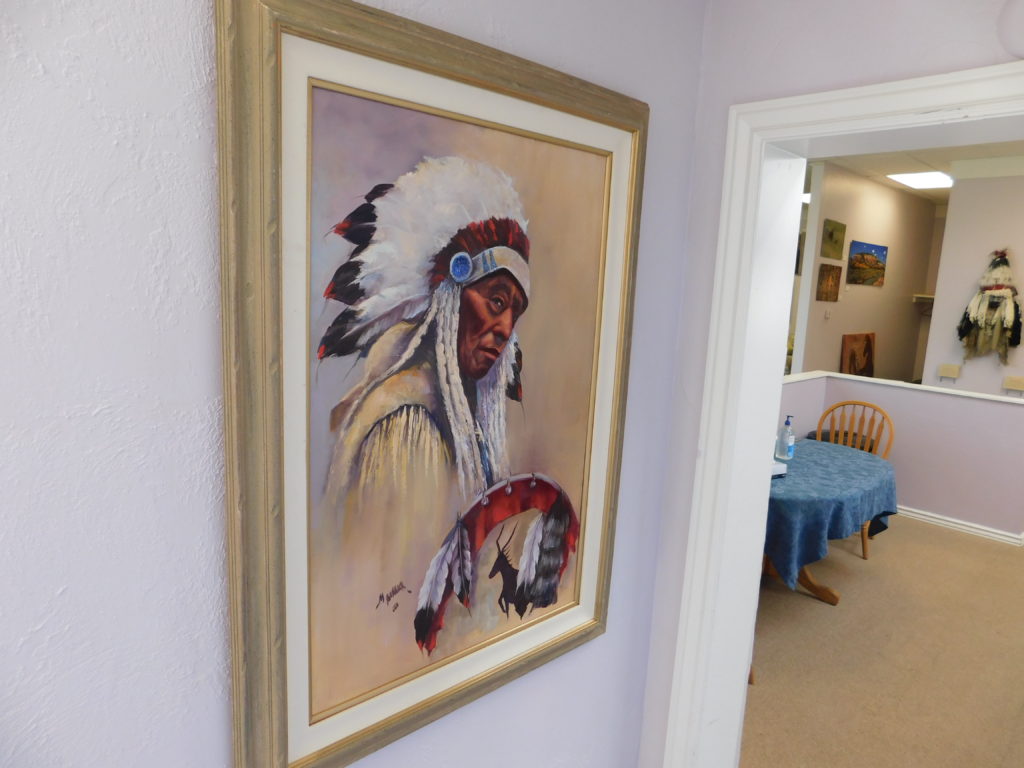
And so many more!
).
Here are a few of Monna’s Original Oil Paintings now currently available.




).
See this beautiful original oil painting “End of Flight” of an eagle landing at end of flight, on my website: www.MonnaBarrick.com
To purchase: Store
See these beautiful original oil paintings with a focus on Desert Southwest scenes, landscapes, individuals on my website: www.MonnaBarrick.com
See these original oil paintings with a focus on Native American, Indian, culture, and individuals on my website: www.MonnaBarrick.com
Fine Art, Original Oil Paintings, focusing on the beautiful desert flora and fauna of Arizona and the Southwest.
Vibrant paintings of native indians and their culture.
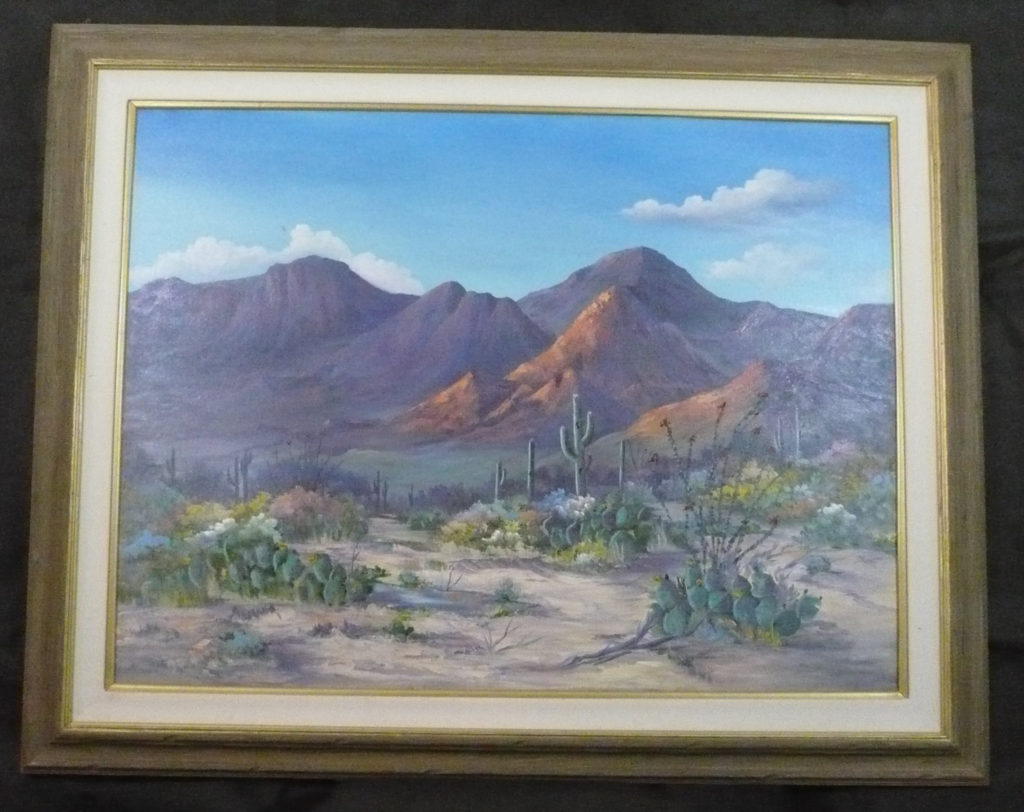
4 “Elephant Head in Tubac” 30×40 Framed
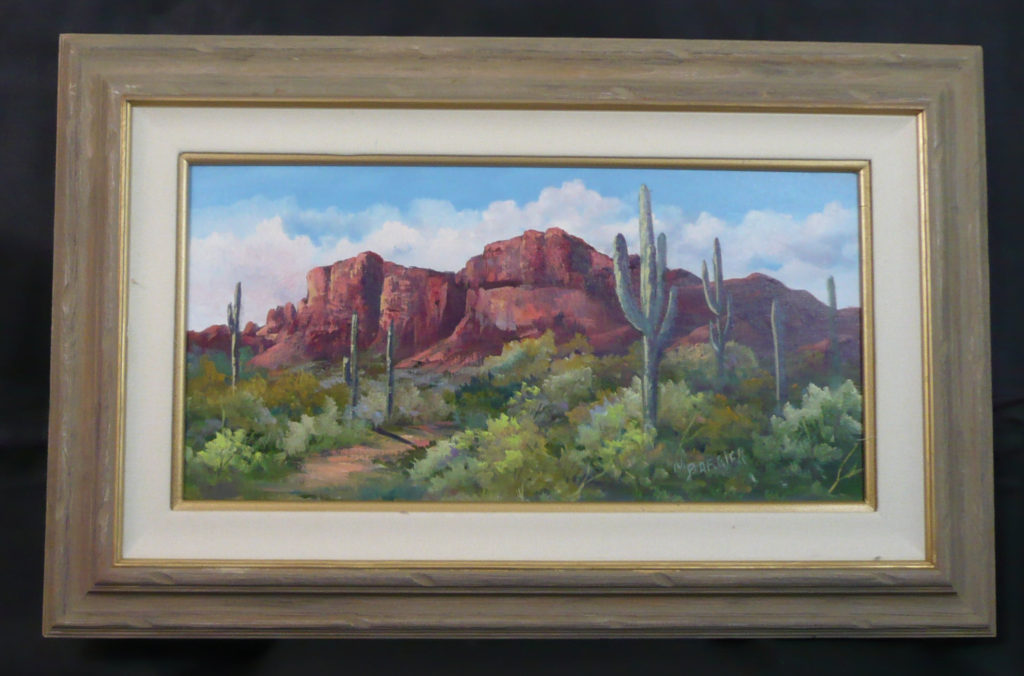
12 “Superstitions” 12×24 Framed
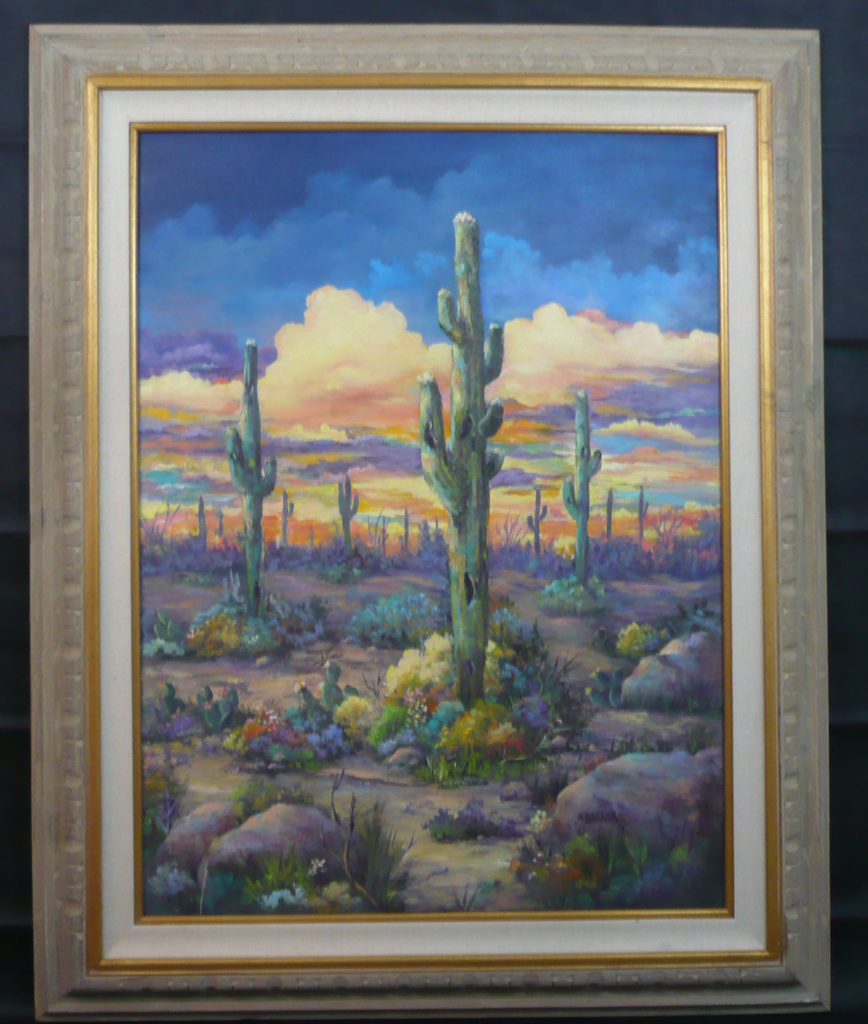
23 “Crayola Sunset” 30×40 Framed SOLD
36X48 SOLD
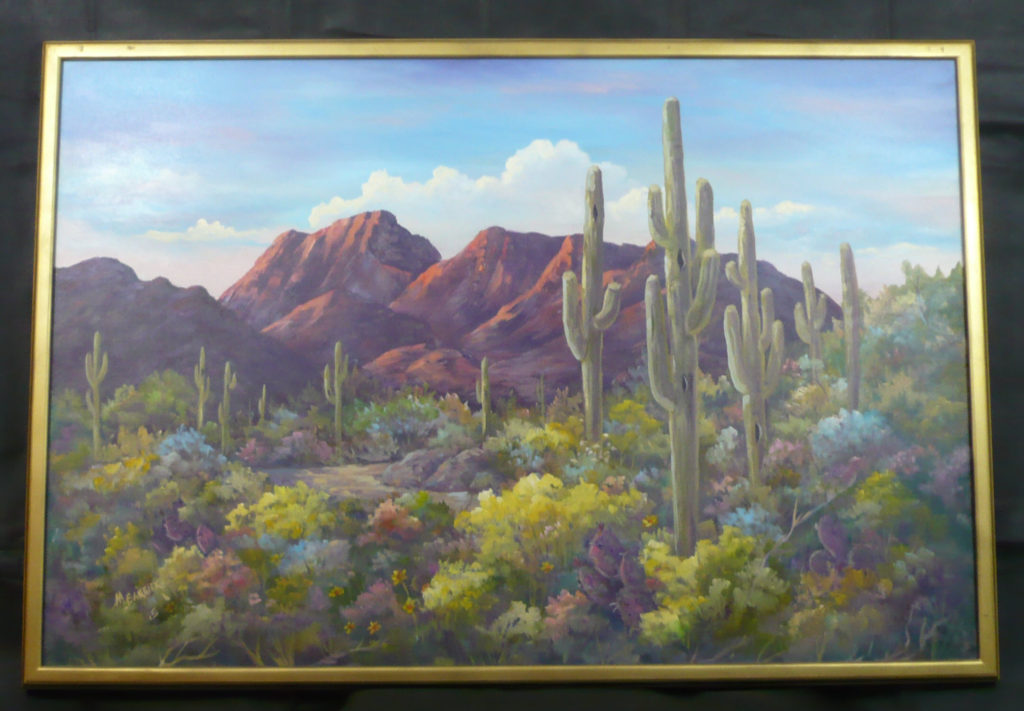
3 “Down Tubac Way” 30×45 Framed SOLD
GO TO WEBSITE TO SEE ALL AVAILABLE
ORIGINAL OIL PAINTINGS BY MONNA BARRICK: www.MonnaBarrick.com

At an elevation of 6,800 feet, Pinetop-Lakeside is surrounded by the natural beauty of the White Mountains, the Apache/Sitgreaves National Forest, and the Fort Apache Reservation. Hiking, biking, horseback riding, hunting, and fishing are popular recreational activities; camping and picnic facilities are provided throughout the area, and the White Mountain Trail system provides over 180 miles of developed multi-use trails.
Founded in the early 1880’s by Mormon pioneers, Lakeside derived its name from the area’s lakes, while Pinetop was named for a saloon keeper who served the Fort Apache soldiers. The two communities of Pinetop and Lakeside incorporated as one town in 1984.
Here, sunny skies and four classic seasons enhance a variety of activities. In winter, visitors can enjoy sledding or tobogganing, snow boarding, ice-fishing, and, of course, world-class downhill and cross-country skiing at the nearby Sunrise Park Resort. Miles of groomed trails and first-rate facilities draw enthusiasts from around the world.
Spring, too, is a special time. Frozen lakes and streams open themselves to fishermen (some of the best fishing of the year can be found in spring), boaters, hikers and adventurers. Meadow grasses turn green, and wildflowers dot the landscape; as the earth rejuvenates, so does the spirit.
In summer, with stubborn patches of gleaming snow still clinging to her summits, the White Mountains offer visitors a variety of scenic attractions and an unlimited array of outdoor activities. Some 50 alpine lakes and 800 miles of cold, crystal clear rivers and springs draw visitors throughout the season to this mountain playground.
Autumn is a favorite season for many, when the land and its inhabitants prepare for the coming snows. The White Mountains offer a change of colors to rival any in the nation, with the added pleasure of relative solitude. Wildlife is abundant, trails are not crowded. Hunters and fishermen enjoy spectacular sport; hiking and sightseeing are at their best.
In the White Mountains, whatever the season, whatever your interest, it’s always the right time to visit, and you are always welcome!
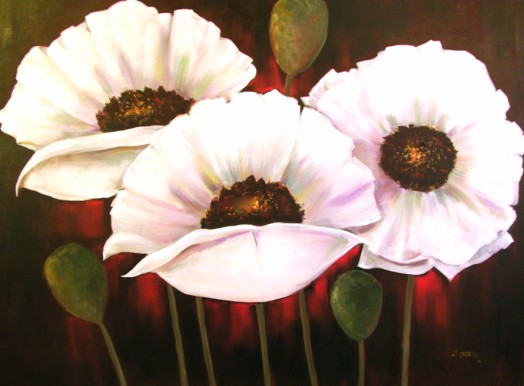

Pictures above from: https://en.wikipedia.org/wiki/White_poppy
Below from http://www.auntyflo.com/flower-dictionary/white-poppy
Fact: Although poppy flowers are known all over the world because of its enchanting beauty, some of its species (like the Papaver somniferum) are banned in some countries – because of its opium producing feature. Poppy flower in tea form are known to have sedating effects and its seeds are mostly used in pastries for flavoring.
It is said that in ancient times, the Greek god of corn was so exhausted in looking for her missing child that she could not grow corn. Therefore, the Greek god of sleep created poppies to make the god of corn sleep. Thus, it is believed that poppies are necessary – so corn could grow well.
The White Poppy means Peace as the original real red poppies were more famous as flowers commemorating soldiers who died in the war. The Co-operative Women’s Guild was the first once to sell the artificial White Poppies in 1933. The artificial form of the poppy flower were sold by groups of women who have lost fathers, husbands, brothers and even children during the war and desire that no further bloodshed prevail. Since then, the White Poppies were popular during Remembrance Day especially for the “No More War Movement”.
Old stories have it that poppies bloom alongside graveyards of soldiers who died in the Napoleonic war way back 1914. They were believed to be the blood spilt of soldiers thus poppies remind people of the bloodshed of war and how many lives are wasted because of it.
The White Poppies are therefore not created to insult those who have created red poppies as wreaths in memory of their lost loved ones during war. Instead it is to emphasize that war shoulnt flowers that remind people about the beauty of peace – while the Red Poppies remind people of the cost of war.
These days, the Peace Pledge Union sells the White Poppies and there are some who continue to make their own from home.
The White Poppy is more like a rounded flower. In its artificial form, it is usually made less than two inches per petal. The four petals are distributed evenly in a rounded shape white material with a small rounded green center usually with the word “peace” in white lettering on it. The rounded green material holds the petals together. These flowers are often decorated around the wreath.
They look flat but for an artificial flower they display beauty in a unique way.
As an artificial flower the white poppies have no herbal or medicinal value but it can be therapeutic in the sense that it provides people hope and some positive energy. White poppies are for peace and therefore these flowers will always remind people that there is still hope for all of us if we can all work together to attain peace. It gives us new strength and new joy for the brighter future.
However, real poppy flower are known for herbal and medicinal values – especially as a sedative and good for the digestive system too.
.
.
.
Puerto Penasco, Mexico (Rocky Point)
Puerto Penasco is a small fishing village located on the Sea of Cortes in Mexico. Commonly referred to by American visitors as Rocky Point, this small fishing town has blossomed into a popular modern day vacation destination. Rocky Point is a little over 60 miles from the USA border which makes the seaside city a popular drive to destination by visitors from the USA. Residents of Phoenix, Arizona can drive to Puerto Penasco, Mexico in as little as 3 and a half hours. Rocky Point is often called “Arizona’s beach” because it is close in proximity in Arizona and easy to get to rather quickly.
Above from: http://www.puerto-penasco.com/

Read more about the Prickly Pear Cactus below.
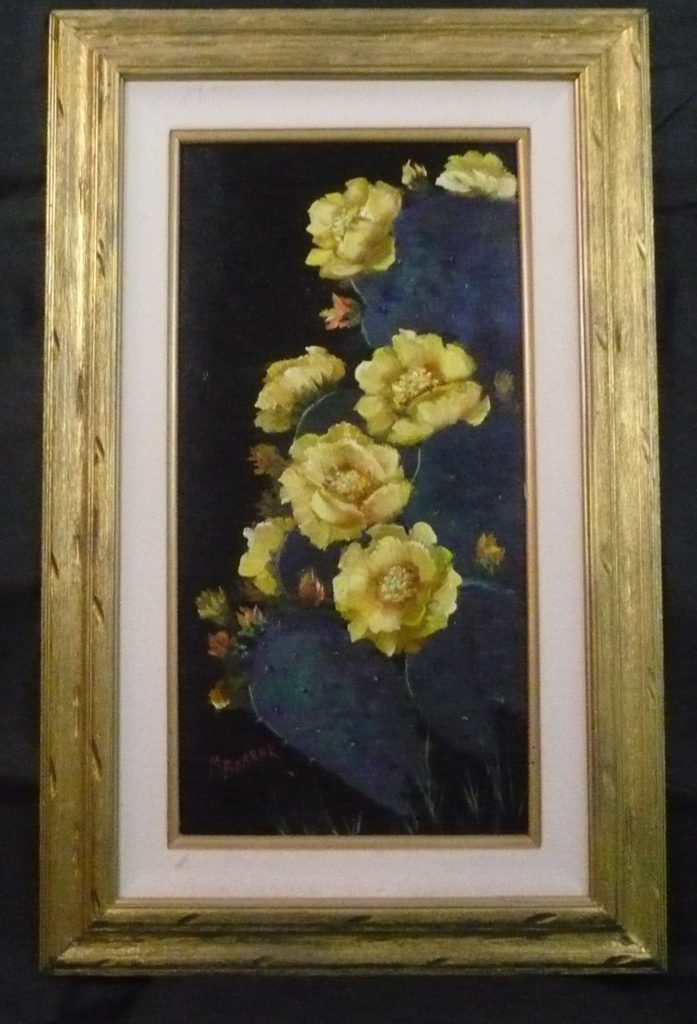
22 “Yellow Prickly Pears” 12×24
DESCRIPTION BELOW FROM WWW.DESERTUSA.COM:
Most prickly pear cactus have yellow, red or purple flowers, even among the same species. They vary in height from less than a foot (Plains, Hedgehog, Tuberous) to 6 or 7 feet (Texas, Santa Rita, Pancake). Pads can vary in width, length, shape and color. The Beavertail, Santa Rita and Blind Pear are regarded as spineless, but all have glochids.

Prickly Pear Cactus flowers
Prickly pear cactus information
Prickly pear cactus represent about a dozen species of the Opuntia genus (Family Cactaceae) in the North American deserts. All have flat, fleshy pads that look like large leaves. The pads are actually modified branches or stems that serve several functions — water storage, photosynthesis and flower production. Chollas are also members of the Opuntia genus but have cylindrical, jointed stems rather than flat pads.
Like other cactus, most prickly pears and chollas have large spines — actually modified leaves — growing from tubercles — small, wart-like projections — on their stems. But members of the Opuntia genus are unique because of their clusters of fine, tiny, barbed spines called glochids. Found just above the cluster of regular spines, glochids are yellow or red in color and detach easily from the pads. Glochids are often difficult to see and more difficult to remove, once lodged in the skin.

Tiny, barbed spines called glochids.
The fruits of most prickly pears are edible and sold in stores under the name “tuna.” Prickly pear branches (the pads) are also cooked and eaten as a vegetable. They, too, are sold in stores under the name “Nopalito.” Because of the glochids, great care is required when harvesting or preparing prickly pear cactus. Both fruits and pads of the prickly pear cactus are rich in slowly absorbed soluble fibers that may help keep blood sugar stable.
Range & Habitat
Prickly pear cactus are found in all of the deserts of the American Southwest, with different species having adapted to different locale and elevation ranges. Most require course, well-drained soil in dry, rocky flats or slopes. But some prefer mountain pinyon/juniper forests, while others require steep, rocky slopes in mountain foothills. What is that white stuff on my cactus? The cochineal covers much of the lower elevations in the western United States and Mexico. It feeds almost solely on the pads of selected prickly pear cacti species.

There has been medical interest in the Prickly Pear plant. Some studies have shown that the pectin contained in the Prickly Pear pulp lowers levels of “bad” cholesterol while leaving “good” cholesterol levels unchanged. Another study found that the fibrous pectin in the fruit may lowers diabetics’ need for insulin. Both fruits and pads of the prickly pear cactus are rich in slowly absorbed soluble fibers that help keep blood sugar stable. There are on going studies and at this point there are no proven results on humans. You can make your own study and see if works for you, which is the only test that really counts.
In addition to the North American native prickly pear cactus listed below, there are many varieties, non-native imports and hybrids, so identification can often be difficult. Information on the 15 species below is based on wild, non-cultivated samples.
Read more: http://www.desertusa.com/cactus/prickly-pear-cactus.html#ixzz4USaazJID
10 x 20, Framed
